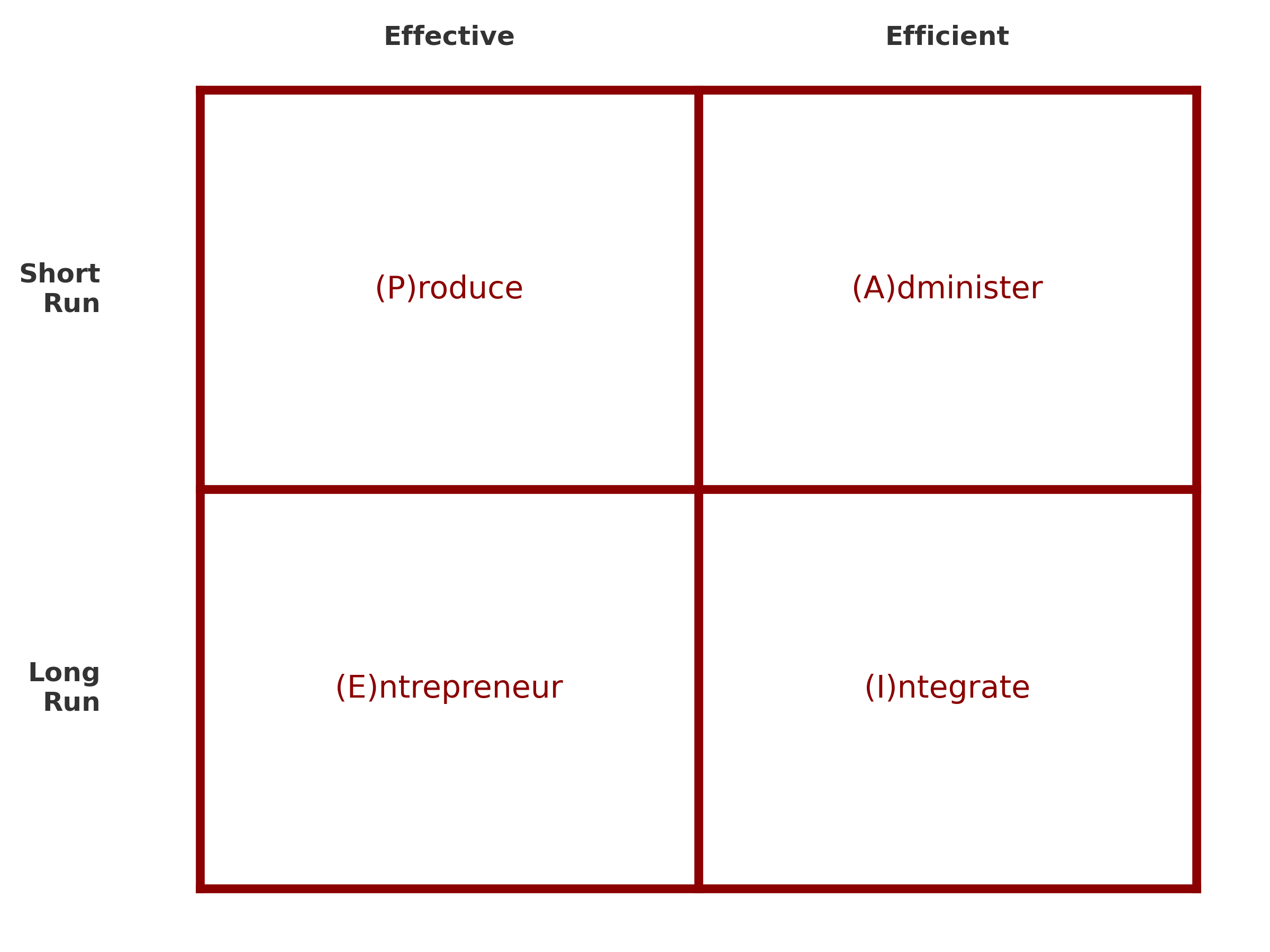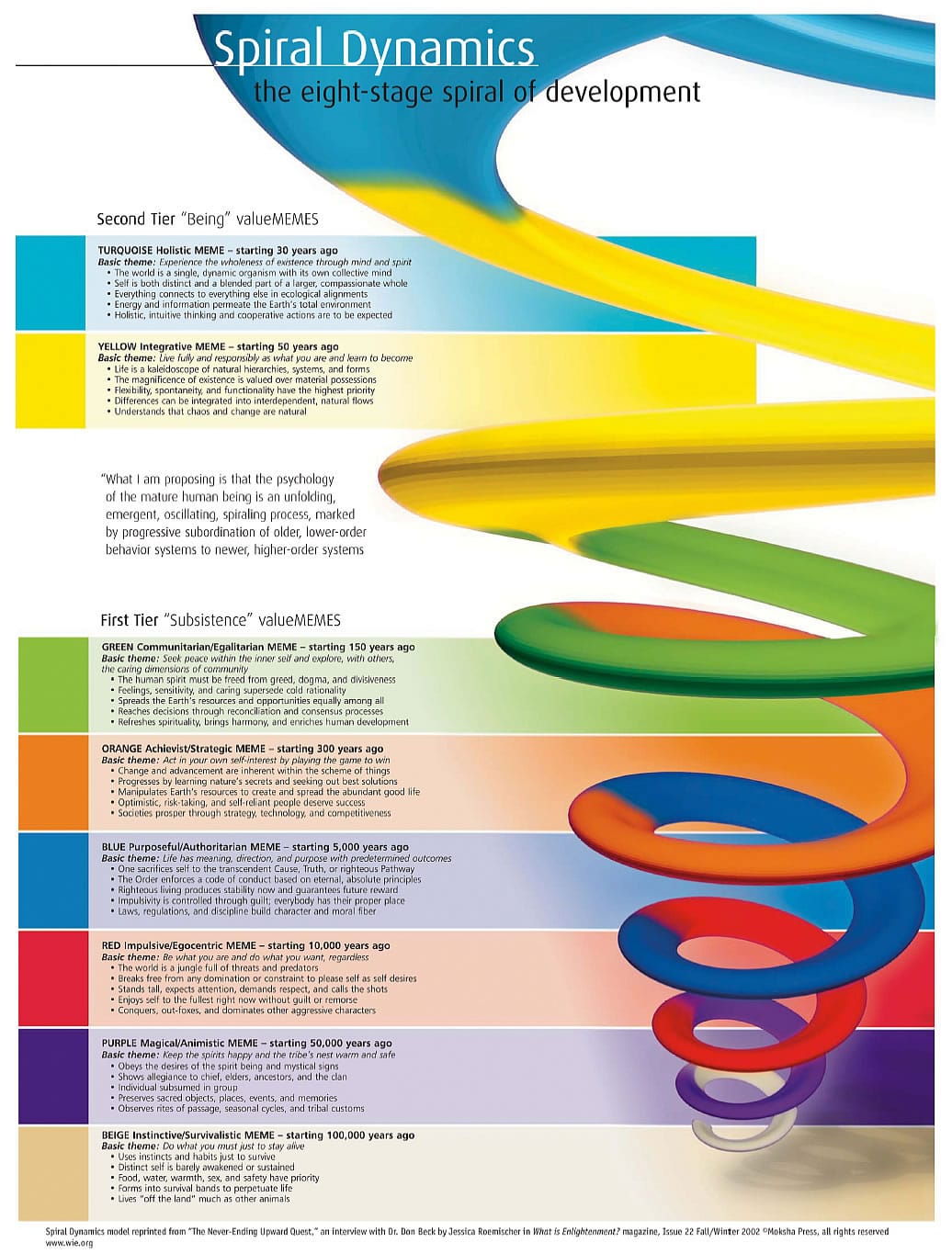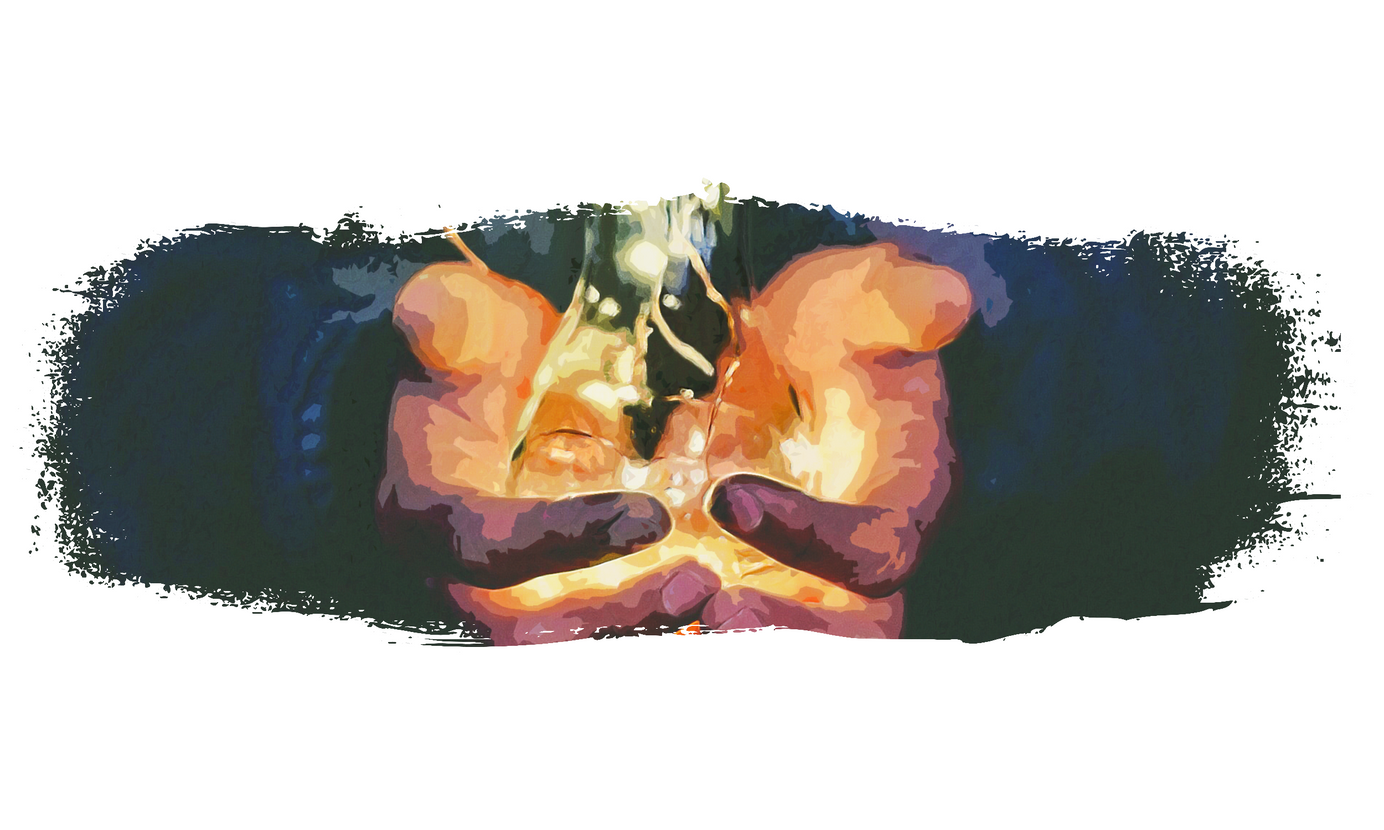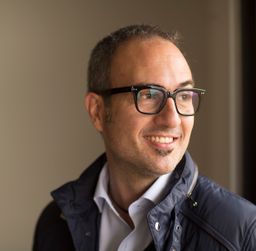
Shaping the Future: Culture, Leadership, and Organizational Evolution
In a VUCA world, organizations must balance short-term results with long-term resilience. Using Adizes' model, successful organizations integrate Producing, Administering, Entrepreneurial, and Integrating roles, fostering a culture that combines operational efficiency with adaptive innovation.
How an Organization Can Focus on Long-Term Success
Introduction
In a volatile, uncertain, complex, and ambiguous (VUCA) environment, where accelerated technological shifts, economic turbulence, and evolving societal expectations converge, organizations face the challenge of delivering immediate results while securing long-term resilience. This paradox can be resolved through a holistic approach to organizational leadership, which articulates operational efficiency with adaptive innovation and fosters the construction of a strong organizational culture.
From Dr. Ichak Adizes' perspective, a healthy organization is not merely the one that maximizes short-term profitability, but one that maintains a dynamic balance between producing results, innovating, organizing effectively, and integrating people around shared values.
This article explores how to harmonize these demands, also integrating Hofstede'sAdizes' insights on cultural time orientation differences and Spiral Dynamics as an evolutionary model of organizational cultures.
Defining a Healthy Organization (According to the Adizes Model)
According to Adizes (1999), a healthy organization is one that adequately balances the following fundamental roles to maintain effectiveness and efficiency both in the short and long term:

- P (Producer): Achieve immediate results and maintain stable revenue streams.
- A (Administrator): Establish processes, policies, and structures that ensure efficiency and order.
- E (Entrepreneur): Identify innovation opportunities, foster change, and adapt to the environment.
- I (Integrator): Build cohesion, internal trust, and a strong sense of belonging within the organizational culture.
Common imbalance in organizations:
The pressure for immediate results tends to overemphasize the P role at the expense of the E (innovation) and I (cultural integration) roles. This imbalance fosters a dangerous short-termism: sacrificing innovation, talent attrition, and vulnerability to external changes.
Real-world example:
Nokia, once a case study in market dominance (P+A), ultimately failed because it did not evolve toward innovative models and an adaptive culture (E+I).
Hofstede and Temporal Orientation: Short vs. Long Term
Short-term orientation (Hofstede, 2001): Focuses on quick results, quarterly KPI compliance, and immediate resource optimization. It may generate fast gains, but it sacrifices long-term vision.

Long-term orientation: Favors strategic investments, human development, reputation building, and overall business sustainability.
Cultural Impact:
- In cultures like the United States, the emphasis on quarterly performance reinforces a short-term mindset.
- In cultures such as Japan and South Korea, the concept of "legacy" and "perseverance" drives systematic investments in innovation and quality that yield returns over decades.
Practical application for organizations:
Adopting a legacy-oriented vision that prioritizes institutional quality, social innovation, and strategic resilience beyond immediate financial results.
Spiral Dynamics: The Evolution of Organizational Value Systems
The Spiral Dynamics model (Beck & Cowan, 1996) suggests that organizations transition through collective value system levels:

The theory suggests that both individuals and organizations evolve through progressively more complex value systems. Each level represents a dominant way of perceiving the world, leading, and solving problems.
Relationship between Spiral Dynamics levels, time orientation, and organizational characteristics:

The Orange-level trap:
Many corporations, initially successful in operational efficiency (Orange), fail to evolve toward more inclusive, adaptive, and collaborative cultures (Green-Yellow).
Example: Google successfully transitioned to a Green-Yellow culture by fostering transversal innovation, team autonomy, and a social impact mission, thus transcending its operational efficiency phase (Orange).
Strategies to Balance Short- and Long-Term Priorities
From Adizes:
- PAEI Diagnostic: Conduct periodic role balance assessments to detect critical imbalances.
- Organizational Flexibility: Design ambidextrous structures enabling both exploitation and exploration.
- Development of Integrative Leadership: Train leaders who can operate with empathy, strategic vision, and the ability to execute simultaneously.
From Hofstede:
- Stakeholder Education: Communicate the importance of long-term investments in strengthening institutional reputation and mitigating future risks.
- Balanced KPIs: Include innovation, culture, talent, and social responsibility indicators in performance dashboards.
From Spiral Dynamics:
- Organizational Culture Mapping: Identify the prevailing value system and implement cultural development programs towards higher levels.
- Resilience and Purpose Integration: Embed explicit organizational purpose as the articulating axis for strategies, practices, and decision-making.
Strategic Reflections for Your Organization
- Question 1: Are we measuring the "health" of our organization beyond financial results?
- Question 2: What internal systems have we created to resist short-term pressures and sustain innovation?
- Question 3: How can we accelerate our cultural transition toward a Green-Yellow level of organizational consciousness?
Action Proposal:
- Establish an Innovation and Purpose Board independent from the financial board to safeguard the long-term vision.
- Introduce Cultural OKRs (Objectives and Key Results) that measure growth in resilience, innovation, collaboration, and social commitment.
Conclusion
Sustainable success is not achieved by sacrificing the future for the present. Organizations must embrace the complexity of leading across two simultaneous horizons: delivering immediate results while deliberately building their organizational legacy.
Integrating the principles of Adizes, Hofstede, and Spiral Dynamics enables companies to become not only efficient but also resilient, adaptive, and deeply connected to their social purpose.
In the words of Ichak Adizes:
"A healthy organization is not the fastest or the biggest. It is the one that grows balanced, transforming without self-destruction."
Today, more than ever, building the future requires leading with wisdom.
References
- Adizes, I. (1999). Corporate lifecycles: How organizations grow, age, and die. Praeger.
- Beck, D. E., & Cowan, C. (1996). Spiral dynamics: Mastering values, leadership, and change. Blackwell Business.
- Hofstede, G. (2001). Culture's consequences: Comparing values, behaviors, institutions, and organizations across nations (2nd ed.). Sage Publications.
This article was originally published in Spanish on MikeSainz.com: https://www.mikesainz.com/post/construyendo-el-futuro-integración-de-cultura-liderazgo-y-evolución
ExO Insight Newsletter
Join the newsletter to receive the latest updates in your inbox.









